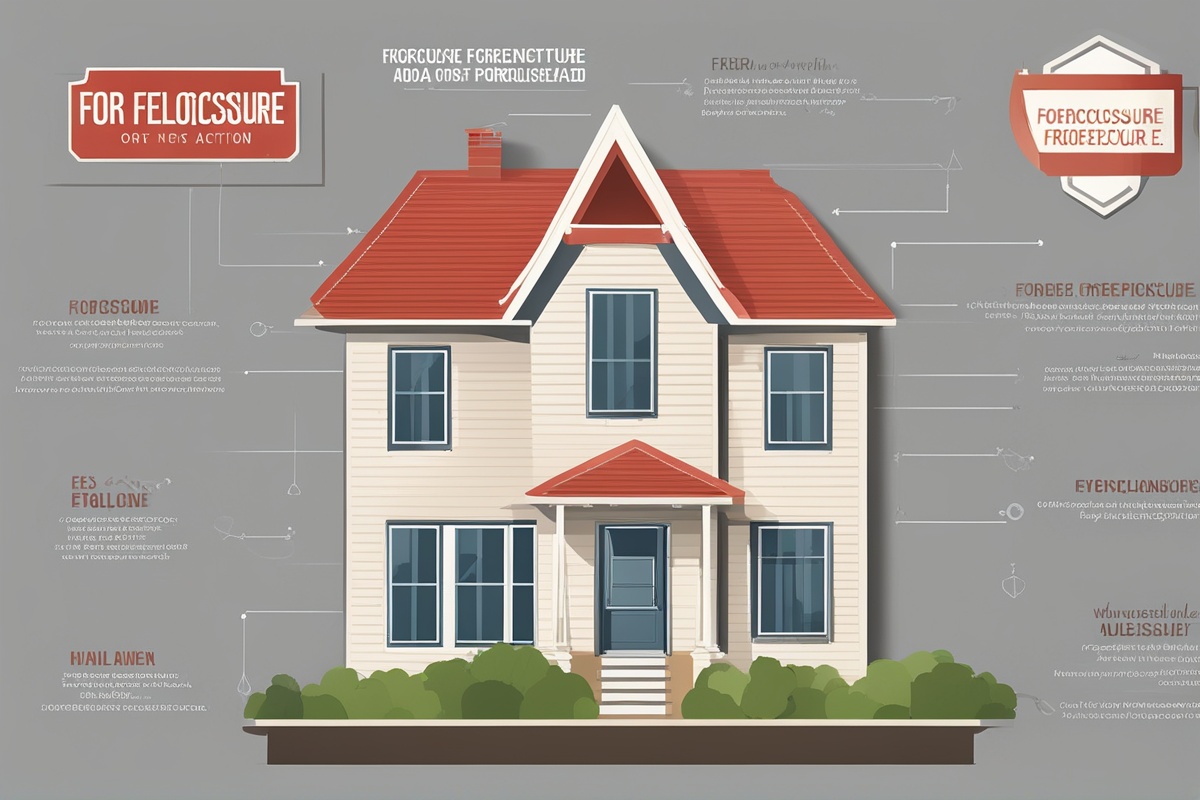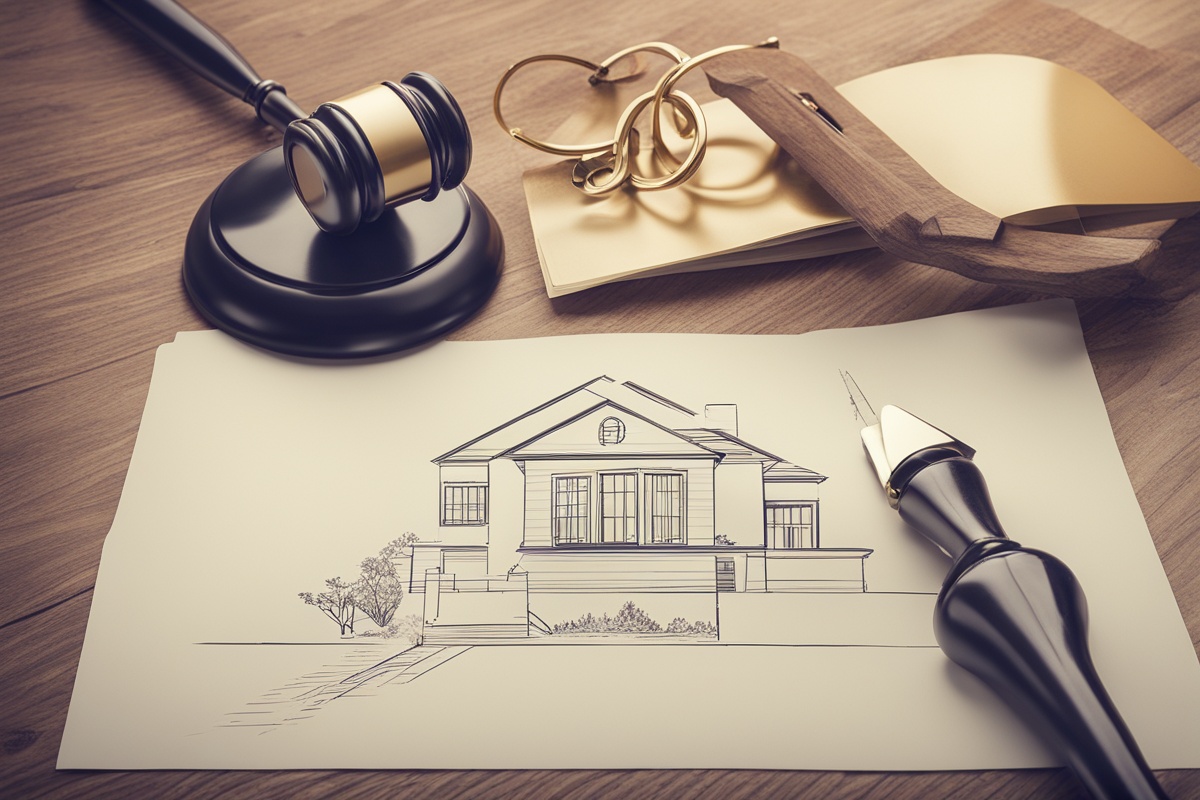Home repossession is a daunting prospect for many homeowners, often surrounded by confusion and fear. The process, also known as foreclosure in some regions, occurs when a lender takes back a property due to the borrower’s failure to meet mortgage payments. Understanding the home repossession process is crucial for homeowners facing financial difficulties, as it can help them navigate their options and potentially avoid losing their home. In this comprehensive guide, we’ll break down the stages of home repossession, explore ways to prevent it, and provide actionable insights to help you through this challenging time.
What Is Home Repossession?
Home repossession is a legal process where a lender, such as a bank or mortgage provider, takes ownership of a property when the borrower defaults on their loan payments. This typically happens after a series of missed payments and failed attempts to resolve the debt. While the term “foreclosure” is commonly used in the United States, “repossession” is often the term used in the UK and other regions. Regardless of terminology, the core concept of understanding the home repossession process remains the same: it’s the lender’s last resort to recover the money owed.
The process is not instantaneous. It involves several stages, including notices, legal proceedings, and opportunities for the homeowner to rectify the situation. Knowing these stages can empower homeowners to take proactive steps before the situation escalates.
Stages of the Home Repossession Process
The home repossession process follows a structured timeline, though specifics can vary depending on local laws and the lender’s policies. Below is a general outline of the key stages involved in understanding the home repossession process.
- Missed Payments: The process begins when a homeowner misses one or more mortgage payments. Lenders typically allow a grace period, but after 30–60 days of non-payment, they may classify the loan as delinquent.
- Notice of Default: After a few missed payments (usually 90 days), the lender issues a formal notice of default, informing the borrower of the overdue amount and providing a deadline to settle the debt.
- Pre-Foreclosure Period: This stage offers a window for the homeowner to negotiate with the lender, seek a loan modification, or explore other solutions like a short sale.
- Legal Action: If the debt remains unpaid, the lender may initiate legal proceedings to repossess the property. This often involves a court hearing where the homeowner can present their case.
- Eviction: If the court rules in favor of the lender, the property is repossessed, and the homeowner may be required to vacate. In some cases, the lender sells the property at auction to recover the debt.
Factors Leading to Home Repossession
Several circumstances can lead to home repossession, and understanding the home repossession process includes recognizing these triggers. Common causes include:
- Financial Hardship: Job loss, medical emergencies, or unexpected expenses can make it difficult to keep up with mortgage payments.
- Poor Financial Planning: Overextending on a mortgage or failing to budget for variable interest rates can lead to payment struggles.
- Economic Downturns: Broader economic issues, such as recessions, can impact household income and affordability.
By identifying these risk factors early, homeowners can take preventive measures, such as seeking financial advice or adjusting their budgets. For more insights on managing mortgage difficulties, check out our post on Mortgage Relief Options.
How to Avoid Home Repossession
While the prospect of repossession is intimidating, there are steps homeowners can take to avoid it. Understanding the home repossession process means knowing your options and acting swiftly. Here are some strategies to consider:
- Contact Your Lender: Communicate with your lender as soon as you anticipate payment issues. Many lenders offer hardship programs or temporary forbearance.
- Seek Loan Modification: A loan modification can adjust the terms of your mortgage, such as lowering the interest rate or extending the repayment period, to make payments more manageable.
- Explore Government Programs: In some countries, government-backed schemes provide assistance to struggling homeowners. Research programs in your area for potential support.
- Consider a Short Sale: If you can’t afford to keep the property, a short sale—selling the home for less than the mortgage balance with lender approval—can prevent repossession.
For additional tips on managing financial stress, read our guide on Financial Planning During a Crisis.
Legal Rights and Protections for Homeowners
Homeowners facing repossession are not without rights. Understanding the home repossession process also involves knowing the legal protections available in your jurisdiction. For instance, many regions require lenders to provide ample notice before taking action, and homeowners often have the right to contest the repossession in court. Additionally, some areas have mandatory mediation programs to help borrowers and lenders reach a resolution.
If you’re unsure about your rights, consult a legal professional or housing counselor. Resources like our article on Homeowner Legal Rights can also provide a starting point for understanding your protections.
Emotional and Financial Impact of Repossession
Beyond the loss of property, home repossession can have profound emotional and financial consequences. The stress of losing a home can affect mental health, relationships, and overall well-being. Financially, repossession often damages credit scores, making it harder to secure loans or housing in the future. Understanding the home repossession process includes preparing for these ripple effects and seeking support, whether through counseling, community resources, or financial advisors.
If you’re dealing with the aftermath of repossession, our post on Rebuilding Credit After Foreclosure offers practical advice for getting back on track. Additionally, explore local support networks through resources like Community Housing Support.
Disclaimer: The information provided in this article is for general informational purposes only and does not constitute legal, financial, or professional advice. Home repossession laws and processes vary by country, state, or region, and individual circumstances may differ. We strongly recommend consulting with a qualified attorney, financial advisor, or housing counselor to address your specific situation. The authors and publishers of this content are not responsible for any actions taken based on the information provided.
References
- Consumer Financial Protection Bureau – What is Foreclosure?
- U.S. Department of Housing and Urban Development – Avoiding Foreclosure
- Citizens Advice (UK) – Repossessions
- Federal Reserve – Foreclosure Resources
- Nolo – Foreclosure Rights for Homeowners
This content is for informational purposes only and not a substitute for professional advice.





